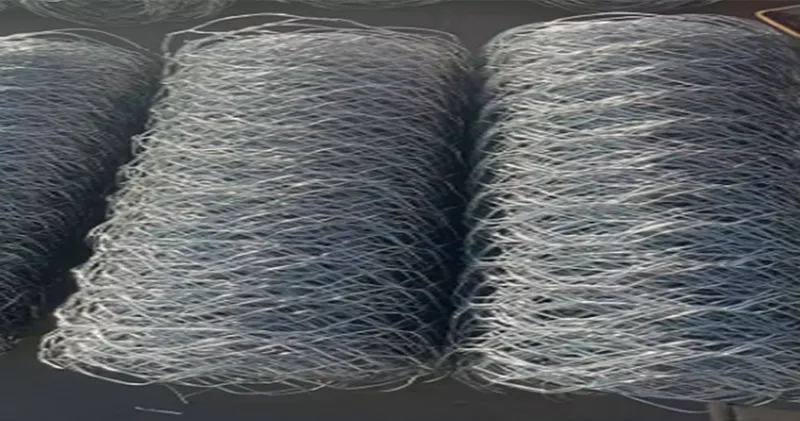-
 Phone:
Phone: -
 Email:
Email:

coated nichrome wire
Coated Nichrome Wire An Overview
Nichrome wire, composed of nickel (80%) and chromium (20%), is a popular alloy known for its resistance to oxidation and high-temperature stability. When coated, nichrome wire offers even more versatility and benefits, making it suitable for a variety of applications ranging from industrial heating elements to consumer products. This article explores the properties, uses, and advantages of coated nichrome wire.
Properties of Coated Nichrome Wire
Coated nichrome wire retains all the intrinsic properties of nichrome, including excellent tensile strength, high melting point (approximately 1400°C or 2550°F), and significant resistance to corrosion and oxidation. The coating typically consists of materials such as silicone, Teflon, or enamel. This protective layer significantly enhances the wire's durability, making it more resistant to external environmental factors, such as moisture, chemicals, and physical abrasion.
The coating also improves the wire's electrical insulation properties, ensuring safer operation in various electrical applications. This means that users can handle or work with the wire without the risk of electric shock. Additionally, the coatings can provide an aesthetically pleasing finish, helping devices or installations achieve a desired look while maintaining functionality.
Applications of Coated Nichrome Wire
Coated nichrome wire is extensively used in multiple industries. One of its most common applications is in heating elements for electric ovens, toasters, and grills. The resistance provided by nichrome generates heat when an electric current passes through it. The coating helps maintain performance and extends the life of the heating elements by preventing oxidation and other forms of deterioration over time.
In the field of 3D printing, particularly in the production of high-temperature filaments, coated nichrome wire is used as a reliable heating element in various extruder designs. The wire's ability to sustain high temperatures allows for an efficient melting process of thermoplastic materials, ensuring a smooth and consistent flow of filament.
coated nichrome wire

Additionally, coated nichrome wire is favored in laboratory settings where precise temperature control is essential. Its reliability makes it a go-to choice for applications such as resistance heating in laboratories and industrial processes. Other applications include use in thermocouples, soldering equipment, and various electronic devices where stable resistance is crucial.
Advantages of Coated Nichrome Wire
The primary advantage of using coated nichrome wire is its enhanced durability. The coating serves as a shield against the harsh environmental conditions, leading to a longer operational life and reduced maintenance costs. Users can rely on this type of wire for consistent performance in demanding applications.
Another significant benefit is its flexibility. Coated nichrome wire can be easily manipulated and shaped for specific needs without compromising its integrity. This adaptability allows engineers and designers to create innovative solutions across different sectors.
Finally, the resistance to oxidation and corrosion enhances safety and performance, making coated nichrome wire an ideal choice in applications where reliability is paramount.
Conclusion
Coated nichrome wire stands as a crucial component in various industries, thanks to its unique properties and enhanced performance features. Understanding its role and advantages helps users make informed choices and implement effective solutions in their respective fields. As technology advances and demands for more efficient materials grow, coated nichrome wire will continue to play a significant role in numerous applications.
-
Wire Mesh for Every Need: A Practical SolutionNewsJul.25,2025
-
Steel Fences: Durable, Secure, and Stylish OptionsNewsJul.25,2025
-
Roll Top Fencing: A Smart Solution for Safety and SecurityNewsJul.25,2025
-
Cattle Farm Fencing Solutions for Maximum SecurityNewsJul.25,2025
-
Affordable Iron Binding Wire SolutionsNewsJul.25,2025
-
Affordable Galvanized Wire SolutionsNewsJul.25,2025
-
Wire Hanger Recycling IdeasNewsJul.25,2025








